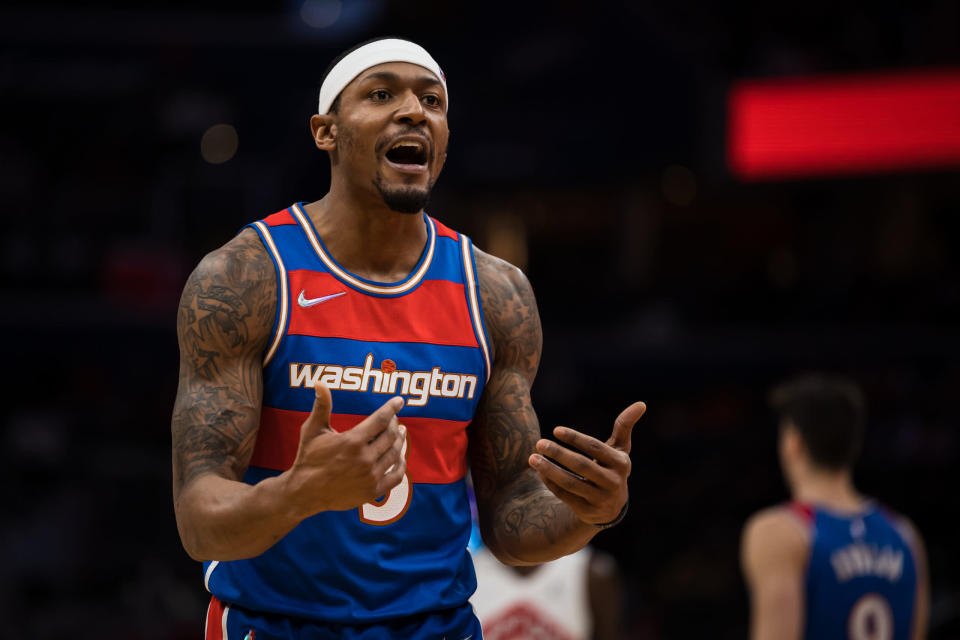
HoopsHype is continuing a new series that aims to educate its audience on the rules of the Collective Bargaining Agreement. Here is an FAQ on the no-trade clauseincluding the distinction between the traditional no-trade clause and veto rights to be traded for one season.
How can players qualify for a no-trade clause?
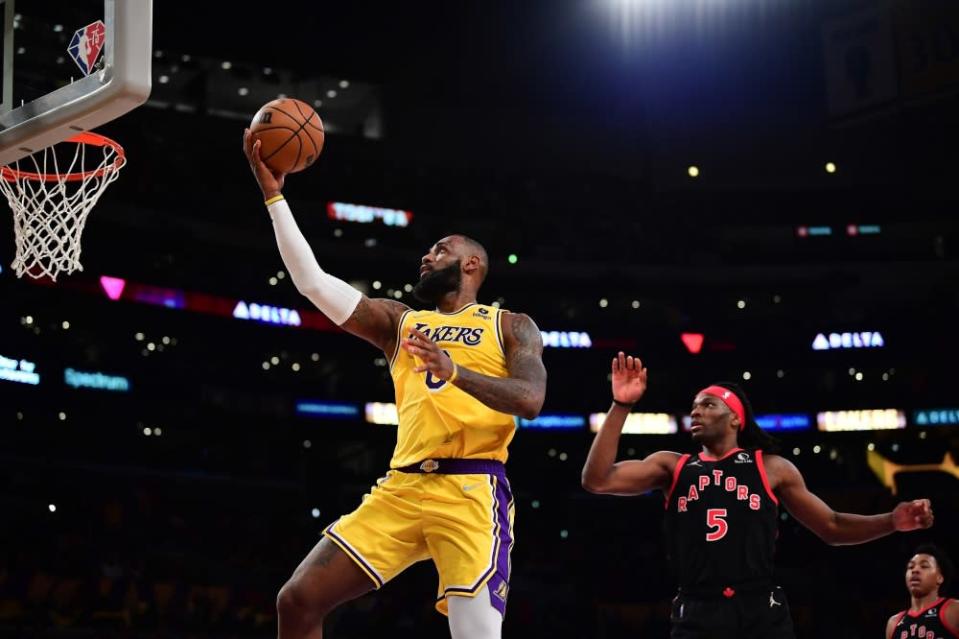
Gary A. Vasquez-USA TODAY Sports
Players become eligible for a no-trade clause once they complete eight years of service and four seasons with the team they’re re-signing with. No-trade clauses cannot be negotiated into extensions, only new contracts. Because of this, LeBron James was not able to get a no-trade clause in his new deal with the Lakers despite just completing his fourth season with them.
If a player waives his no-trade clause, does he keep it with his new team?
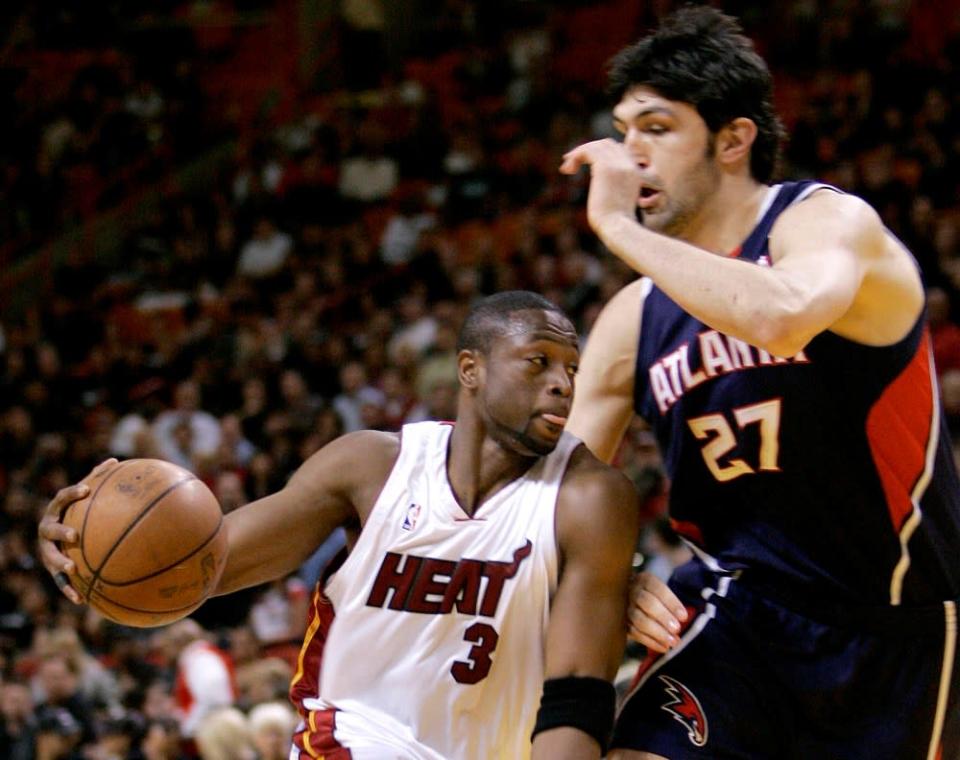
(AP Photo/Wilfredo Lee)
Yes, a player’s no-trade clause remains through the end of his contract, even if he agrees to be traded. With that said, while a player cannot negotiate a no-trade clause into an extension, they can keep it in one. This allows players to roll over their no-trade clauses beyond the terms of the original contract.
How many players have had no-trade clauses before?
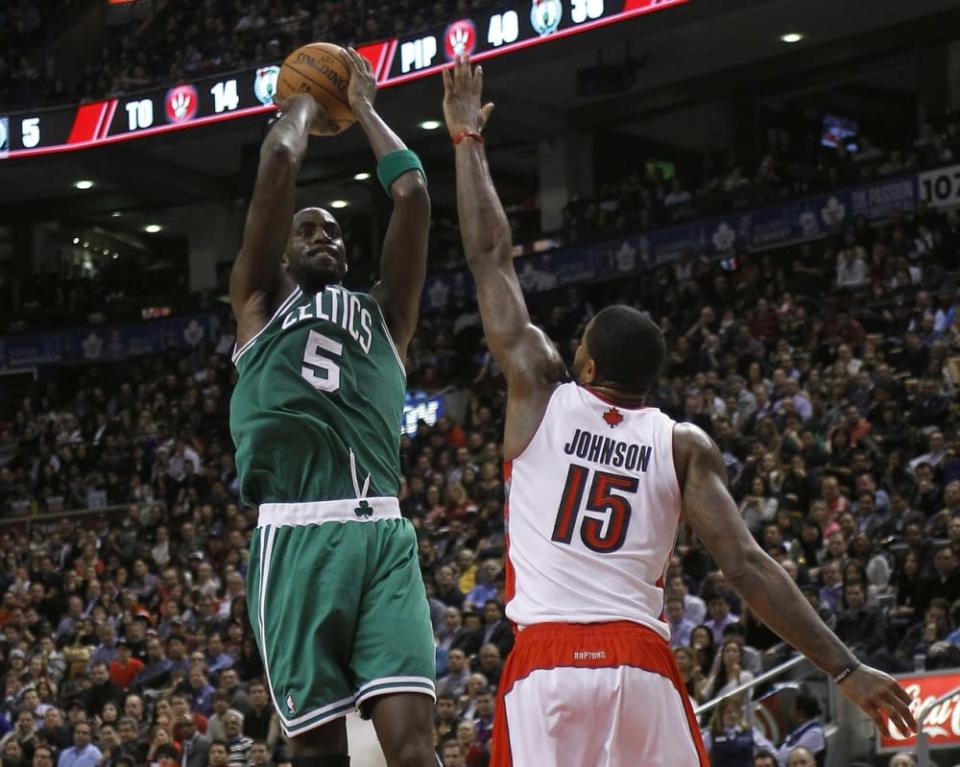
John E. Sokolowski-USA TODAY Sports
According to Bobby Marks, just 10. It’s a rare list that just added Bradley Beal in his new deal with the Wizards. Some of the first players to receive them include John Stockton and David Robinson. Other more recent players to get them include:
-
LeBron James – Cavaliers (2016)
-
Carmelo Anthony – Knicks (2014)
-
Dwyane Wade – Heat (2014)
-
Kevin Garnett – Celtics (2012)
-
Tim Duncan – Spurs (2012)
-
Dirk Nowitzki – Mavericks (2010)
-
Kobe Bryant – Lakers (2004)
Hold on, how did LeBron James get one in 2016? He was only with the Cavs for two years!
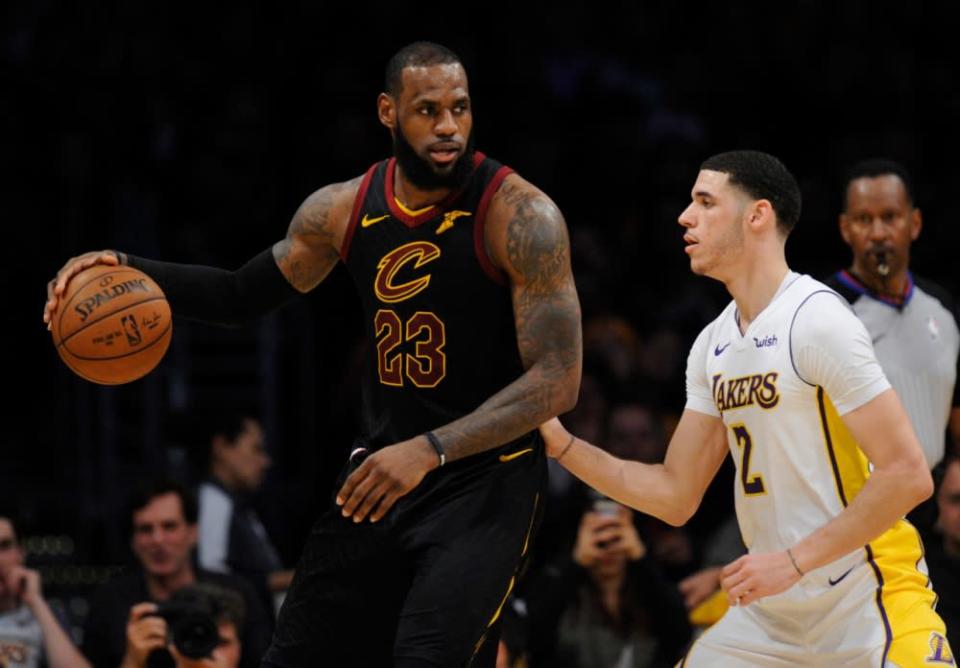
Gary A. Vasquez-USA TODAY Sports
The four-year players are required with a team that does not need to be consecutive. James’ previous seven seasons with the Cavaliers counted towards his four-year requirement, so he was able to get a no-trade clause with them in 2016.
But what about Carmelo Anthony? He didn’t spend four full seasons with the Knicks.
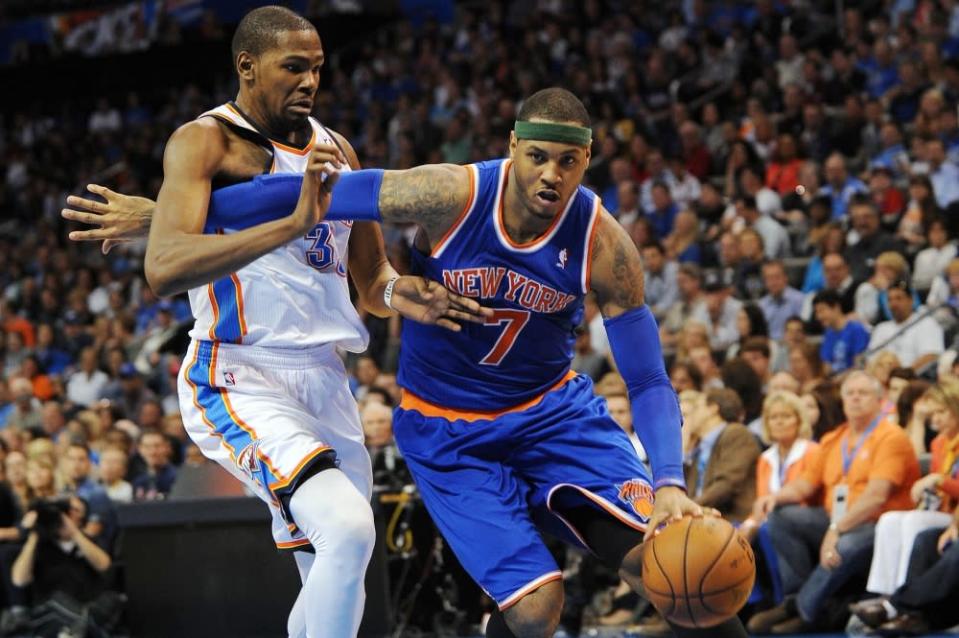
Mark D. Smith-USA TODAY Sports
If a player spends a partial part of a season with a team, that season gets counted towards that player’s four-year requirement with that team. Thus, Anthony’s 2010-11 season counted as his first season with the Knicks in regards to his four-season count despite being traded to them midway through the year.
Wait, haven’t there been more players who could veto trades?

(AP Photo/Tony Gutierrez)
Correct. While the no-trade clause is reserved for players who meet the criteria, players automatically receive veto rights when they re-sign with their current teams on a one-year deal, or a two-year deal with an option on year two. If such a player gets traded, any Bird or Early Bird rights they were set to generate at the end of the season would revert to Non-Bird, limiting their potential earnings on a new deal with their new team.
The purpose of veto rights is to allow such players to protect their Bird rights and prevent teams from re-signing players to short deals for the sole purpose of making them walking trade exceptions. In that same spirit, players also receive veto rights for one year if they reach restricted free agency and sign their qualifying offer. Also, players get veto rights for one year when their team matches offer sheets for them, which just happened to Deandre Ayton with the Suns.
Have there been notable instances when a player has vetoed a trade?

(AP Photo/Chris Carlson)
Generally, we don’t hear about players needing to exercise their veto rights because conversations on trade participation happen behind the scenes. For example, when Kobe Bryant requested a trade from the Lakers in 2007, he reportedly vetoed a trade to the Pistons, but at the time it wasn’t confirmed. Instead, we heard more about his preferred destinations, such as the Chicago Bulls. Likewise, when Carmelo Anthony requested a trade from the Knicks in 2017, it was reported that he was willing to waive his no-trade clause for the Thunder, Rockets, and Cavaliers.
If a player has veto rights, teams may as well get approval from them before executing a trade involving them, instead of agreeing to a trade just to have the player go through the process of vetoing it. One notable instance of a player vetoing an agreed-upon trade was in 2008 when the Mavericks agreed to trade Devin Harris, Jerry Stackhouse, DeSagana Diop, Maurice Ager, Devane Georgeand two first-round picks for Jason Kidd and Malik Allen.
George had veto rights after re-signing with the Mavericks on a one-year deal, and subsequently vetoed the trade to accrue Early Bird rights at the end of the season. The Mavericks went on to acquire Kidd without including George in the trade.
[listicle id=1731689]
[listicle id=1740635]
[listicle id=1655692]
1
1
Story originally appeared on HoopsHype